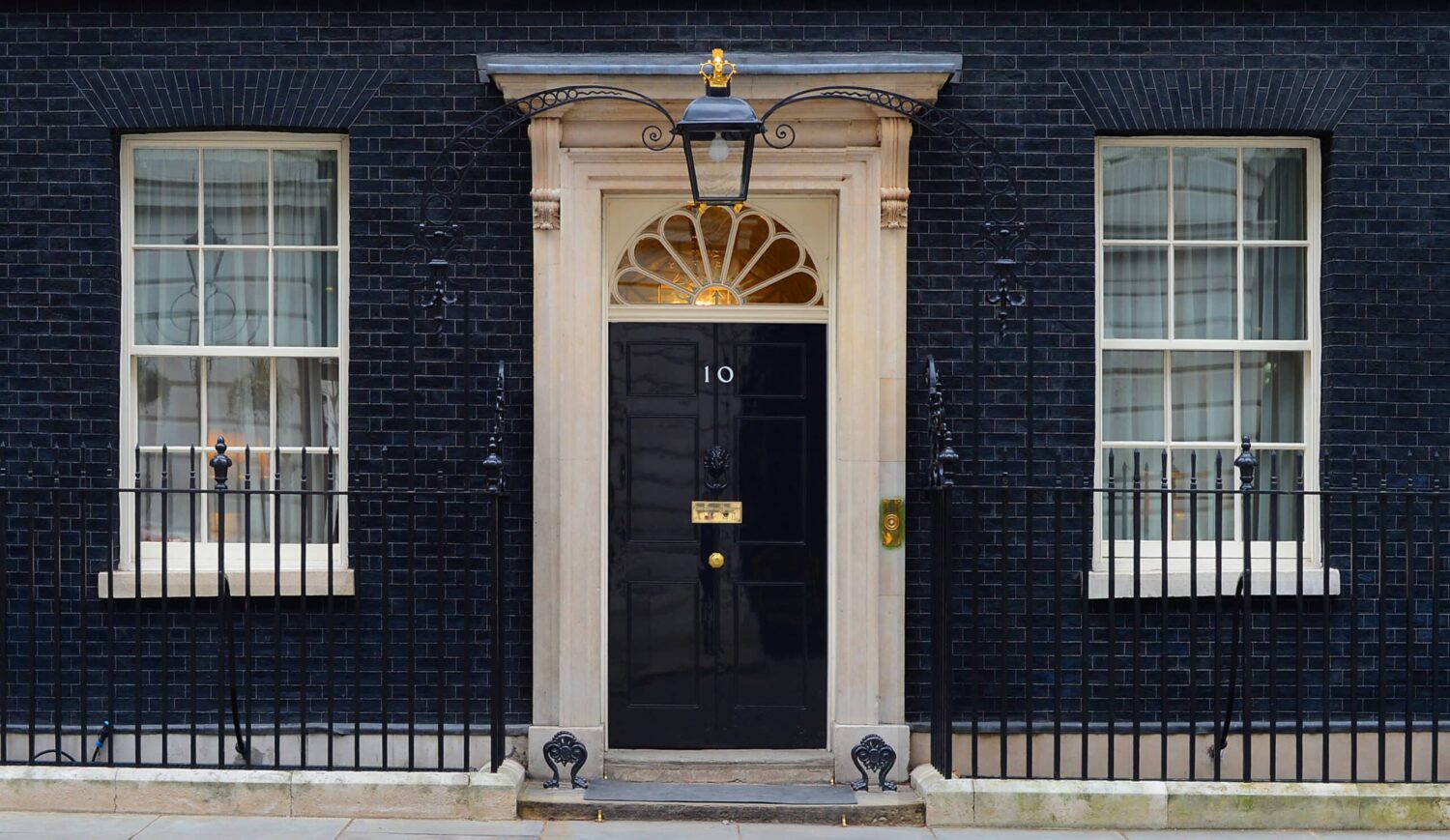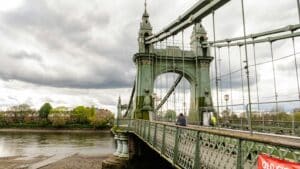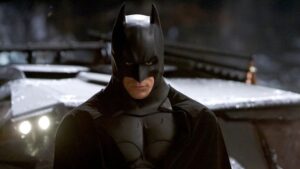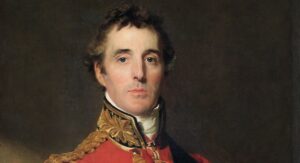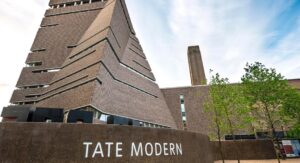Once again, London Calling has returned to expert on all things London, Colin Bainbridge, for some amazing tales of London town … Please enjoy!
Barnes Cemetery
In the Borough of Richmond upon Thames, on Barnes Common, is an abandoned cemetery that many drive past without even knowing it’s there.
Overgrown with thick foliage and well-established trees, it is sinister, or romantically atmospheric, depending on how much you like headless angels.
It was opened in 1854 when the Church of England bought the land for £10. When it closed in 1966, Richmond council acquired the land and planned to make it a lawn cemetery. They were going to remove the headstones and replace them with plaques. They demolished the chapel and lodge and removed the gates and railings before then changing their minds and effectively abandoning the cemetery to the elements.
In the years since, nature, vandalism and neglect have taken their toll. However in recent years, there has been some conservation work. Some of the paths are clear and a number of the graves show signs of maintenance.
Most of the cemetery, however, is overgrown, tree roots have toppled some of the head stones, most are covered in damp moss. Some are cracked and broken, some have been lost completely in the thick undergrowth.
Notable interns at the site include Julia Martha Thomas – well, most of her anyway … her head is buried three miles away in Richmond cemetery. Julia Martha Thomas was murdered by Kate Webster in 1879. Webster boiled the body and dismembered it, before putting the remains in a black Gladstone bag and wooden bonnet box. These were then dumped in the Thames, all apart from the head and a foot.
The remains washed up on the river bank the following day and the case became known as the ‘Barnes mystery’. She was buried in an unmarked grave in Barnes cemetery minus her head. 130 years later, her skull was discovered in the garden of a property owned by Sir David Attenborough. Because there is no record of exactly where her body is buried, the skull was buried in Richmond cemetery.
Another notable resident is Ebenezer Cobb Morley (1831-1924), regarded as one of the founders of the FA and modern football. He played in the first ever match under FA rules – Barnes against Richmond in 1863.
In 2013, to celebrate the 150th anniversary of the FA, the chairman, Greg Dyke, took part in a tribute at Morley’s grave.
There are also a number of war graves of British men and women from both world wars. These are maintained by the Commonwealth War Graves Commission.
Abandoned and, apart from a few exceptions, neglected, Barnes cemetery is a haunting and mysterious place, seldom visited and reclaimed by nature. It is a haven for wildlife. Some would argue this is part of its appeal.
Number 10 Downing Street
This year, the British public voted for a change of government and Keir Starmer got the keys to number 10. Except there aren’t actually any keys. There’s more to the famous black door than meets the eye. For a start, it used to be green and was repainted black sometime between 1908 and 1916.
Here’s a quiz question. How many front doors does No 10 Downing Street have? If you said two, well done, you are correct. If you said three, you get a bonus point.
Number 10 has two identical reinforced blast doors. They are interchanged about every two years. They replaced the original oak door, which is now in the Winston Churchill Museum (that’s your extra point) after the IRA mortar bomb attack in 1991, where several improvised devices were launched and exploded in the back garden of No 10.
The steel doors were made to replicate the appearance of the original 1700s door. The letter box, however, is fake and is just for show. It has an inscription that reads ‘the First Lord of the Treasury’ (the Prime Minister). The lion’s head door knocker is supposed to symbolise bravery, nobility, strength and valour and, although it works, it shouldn’t ever be needed as there is someone constantly watching a monitor ready to open the door just at the right moment. Watch the news- no-one ever knocks.
Have you ever looked at the close up of the door when they’ve had it as the backdrop on the news and thought that the zero is on a slant? Well, it is, and it replicates the letter ‘O’ on the original door which is in the form of the Roman Trajan font.
If you do ever make it as PM and take up residence at No 10, just remember to make sure there’s still someone inside before you pull the door closed when you go out, as the door can’t be opened from the outside.
The world’s first traffic lights
Traffic jams and congested streets existed in London long before the invention of the internal combustion engine.
From the early 1800s, the number of horse-drawn carriages increased year by year. Private carriages were initially only affordable by the very wealthy, but horses and carts were used by traders and the first ‘hail and ride’ bus service was introduced by the coach builder George Shillibeer in 1829.
As London moved into the second half of the 19th century, the streets were becoming gridlocked, there were few rules of the road and no agreed right of way. Even with the slow pace of traffic, collisions were commonplace.
One of the most chaotic junctions was right outside the Houses of Parliament and it was here, on December 9,1868, that the world’s first traffic lights were installed on the corner of parliament square. They dominated the area at over six metres in height. However, there were drivers that didn’t understand what they were there for or simply chose to ignore them.
Despite being a world’s first, the lights ultimately had a short lifespan. They were powered by gas and, in January 1869, a gas leak caused an explosion which badly burned the face of the police operator. It was this unfortunate incident and the continued poor reliability that resulted in the signals being removed a few months later.
It would be 50 years before traffic lights returned to the capital, only this time powered by electricity.
The sad hour death clock
The Victorians’ fascination with death brought a whole new host of traditions and practices.
The sad hour plaque (one of a series of coffin plaques) was attached to the deceased’s coffin and recorded their time of death.
As the Victorians moved into the industrial age and clocks and watches were becoming cheaper and more widespread, time and the hour of the day was becoming part of everyday life (it was no longer good enough to say “meet in the morning”, for example).
Workplaces, shops, social events and trains could now start at specific times and this doctrine even applied to death itself. Victorians were notoriously superstitious and believed that time stopped for the deceased as they moved over to the afterlife. The clocks were all stopped and set to the time of death. If they weren’t, it was believed that the dead would hang around and haunt the living.
The clock stopping was done by a ‘mortician’ who was employed to oversee the complete post-death arrangements, such as arranging mourners in age and sex order for viewing the coffin at the wake (children and females first, then men, youngest to oldest).
Original sad hour plaques, although not hugely valuable, are quite rare since most are on coffins in the ground.

